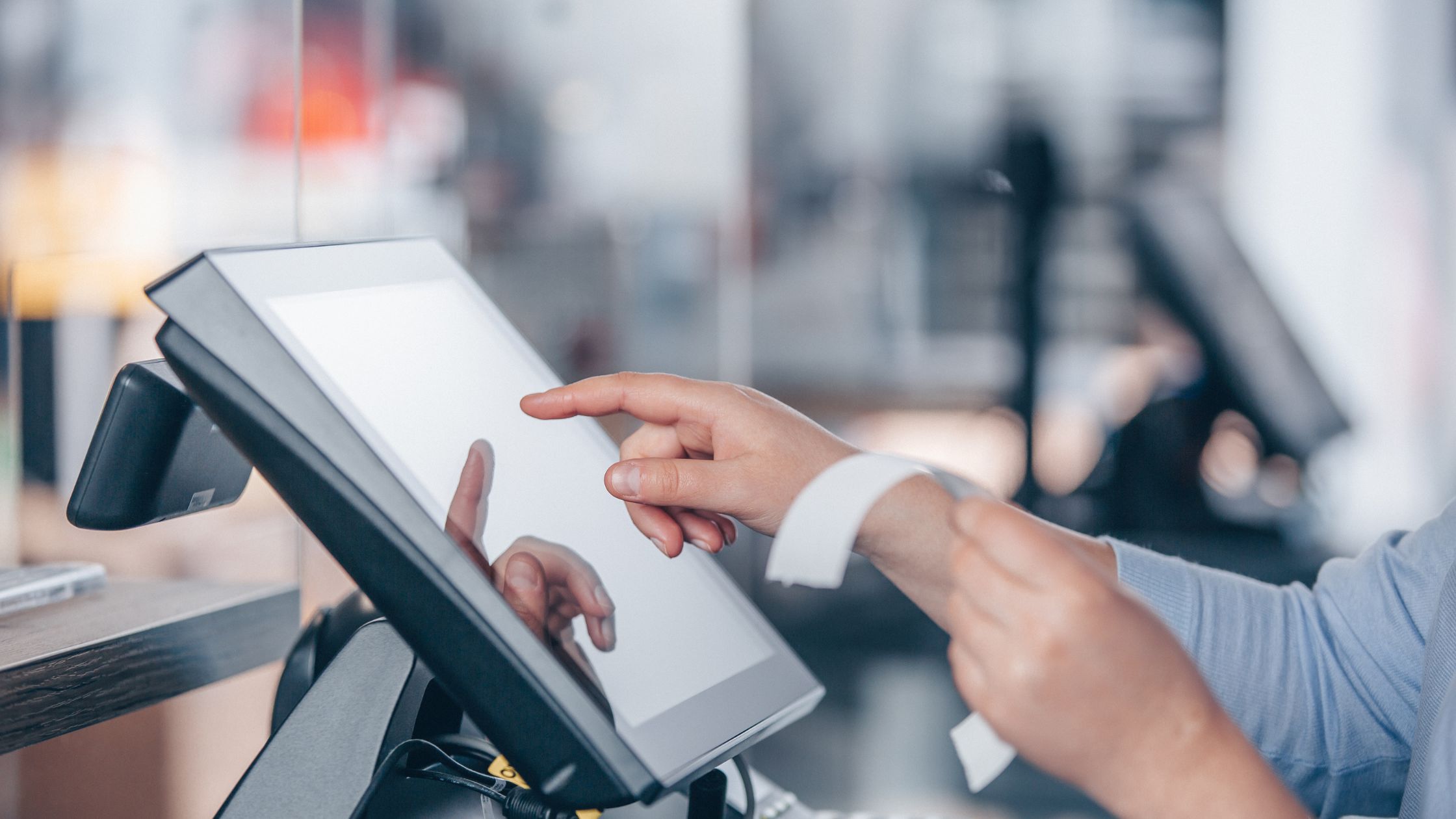Running a food shop, café, or restaurant today takes more than tasty recipes and friendly service. The technology you use plays a big part in keeping everything organized and efficient. A Cost-effective POS solution does far more than just process sales. It helps you manage orders, track staff, control inventory, and create useful reports that guide better business decisions.
A cost-effective POS solution offers flexibility, transparency, and the ability to grow with your business. In this article, you’ll discover why the right POS matters, which features to focus on, how to set it up successfully, and what challenges to prepare for.

Table of Contents
1. Why a Cost-effective POS solution Matters
2. Must-have Features for Your Food Business
3. Benefits of Choosing a Cost-effective POS solution
4. Practical Steps to Get It Running Well
5. Common Challenges and How to Tackle Them
6. Final Thoughts and Next Steps
1. Why a Cost-effective POS solution Matters
Every food business, whether it’s a small café or a busy restaurant, needs reliable tools to keep daily operations running smoothly. A Cost-effective POS solution does exactly that. It helps your team work faster, ensures customers receive better service, and gives managers clear insights through accurate reports.
In addition, an affordable system helps smaller businesses compete with big chains. By reducing waste, minimizing errors, and providing better visibility, it improves efficiency in ways that directly boost profits. Since many cost-effective options are open-source or supported by active communities. Learn more about Essential Features Every POS for Food Shops Should Have.
2. Must-have Features for Your Food Business
To get the most from a Cost-effective POS solution, you need to evaluate its features carefully. Here are the essentials to look for:
- Order management: The system should handle dine-in, take-out, split bills, and table service with ease. Quick and accurate order entry reduces mistakes and keeps customers happy.
- Kitchen dispatch: Orders should be sent directly to the kitchen using printers or digital screens. This faster communication minimizes delays and errors.
- User control: Role-based access is important. Staff members should only see what they need, while managers keep full control and oversight.
- Menu flexibility: Food shops often update menus, adjust prices, or add seasonal items. A strong system lets you make changes instantly without slowing operations.
- Hardware support: From touchscreens and receipt printers to cash drawers and tablets, compatibility with common devices ensures smooth integration.
- Offline reliability: A good POS should keep working even without internet access, so your shop stays operational during outages.
3. Benefits of Choosing a Cost-effective POS solution
Choosing a Cost-effective POS solution offers far more than just saving money. It gives your business flexibility, control, and long-term advantages, such as:
- No hidden fees: Open solutions free you from recurring charges or licensing limits, giving you complete ownership of your system.
- Full transparency: Every part of the system is open for review, so you can customize or adjust it anytime without worrying about black-box restrictions.
- Flexible customization: Add loyalty programs, connect delivery services, or build custom workflows—the system adapts to your business instead of forcing you to adapt to it.
- Community-driven support: Many cost-effective POS platforms have active user communities that share improvements, bug fixes, and new features—often faster than traditional vendors.
- Hardware flexibility: Reuse existing devices like tablets, printers, or cash drawers instead of replacing everything. This makes upgrades smooth and budget-friendly.
By bringing together these benefits, a Cost-effective POS solution empowers food businesses to run efficiently today while staying prepared for growth tomorrow.

4. Practical Steps to Get It Running Well
Implementing a Cost-effective POS solution may seem overwhelming at first, but a step-by-step approach makes the transition much easier:
- Test in real conditions: Run the system during a trial period and test it in peak hours. This helps uncover workflow issues before full deployment.
- Train your staff: Provide hands-on training with role-based access. When employees understand their tools, daily operations flow more efficiently.
- Back up data daily: Even if your POS runs offline, daily backups protect against unexpected hardware failures or accidental data loss.
- Stay updated: Keep an eye on community updates for bug fixes, security patches, and new plugins. Regular updates keep your system stable and secure.
- Customize wisely: Build custom features in a modular way. This ensures future upgrades remain smooth and prevents conflicts with the core system.
5. Common Challenges and How to Tackle Them
Even the most reliable Cost-effective POS solution comes with challenges. By preparing for them in advance, you can minimize disruptions and keep operations running smoothly:
- Feature gaps: Advanced loyalty programs or integrated online ordering—may not be included out of the box. In such cases, you may need additional plugins or extensions.
- Limited local support: Many affordable systems rely heavily on community forums and online guides. While this can be very helpful, it requires you to invest time in learning and documenting processes for your team.
- Upgrade risks: Custom modifications sometimes break when applying system updates. Always test new versions in a safe staging environment before rolling them out to your live setup.
- Hardware compatibility: Not every printer, cash drawer, or terminal will work seamlessly with your POS. Check compatibility lists and test equipment early to avoid costly surprises.
By planning around these challenges, you ensure your Cost-effective POS solution continues to serve your business effectively without unnecessary downtime.

6. Final Thoughts and Next Steps
In today’s competitive food industry, a Cost-effective POS solution is more than just a piece of software—it’s a growth partner for your business. It delivers reliability, adapts to your unique workflows, and offers the kind of transparency that traditional, closed systems often lack.
One proven example is Floreant POS, an open-source platform trusted by restaurants, cafés, bakeries, and food shops worldwide. It runs seamlessly offline, supports a wide variety of hardware, and continues to improve with the help of its active community. To learn more and get started, visit: Floreant POS







